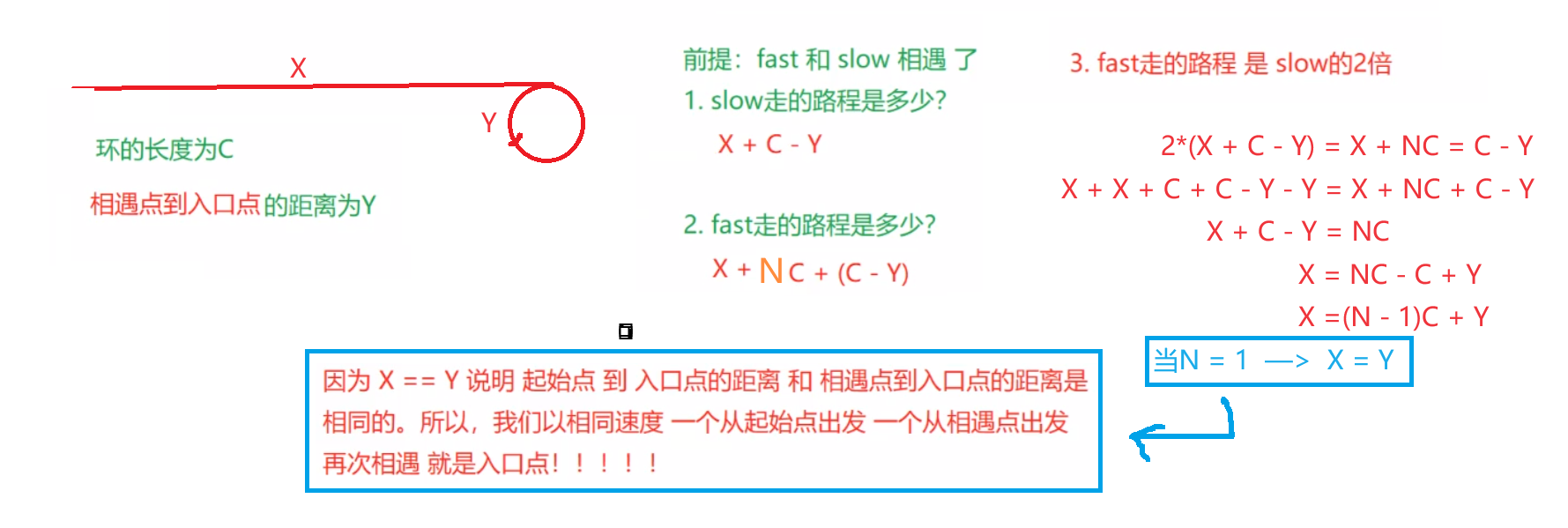
1、问题背景
一位 Reddit 用户使用 Python 的 NLTK 库来训练一个朴素贝叶斯分类器以研究其他句子的情感,但是无论输入什么句子,分类器总是预测为正面。
2、解决方案
经过仔细检查,发现原始代码中的问题在于 wordList 为空。因此,需要将 wordList 赋值为从推文中提取的单词特征。修改后的代码如下:
wordList = getwordfeatures(getwords(tweets))
wordList = [i for i in wordList if not i in stopwords.words('english')]
wordList = [i for i in wordList if not i in customstopwords]
以下是完整的修复代码:
import nltk
import math
import re
import sys
import os
import codecs
reload(sys)
sys.setdefaultencoding('utf-8')
from nltk.corpus import stopwords
__location__ = os.path.realpath(
os.path.join(os.getcwd(), os.path.dirname(__file__)))
postweet = __location__ + "/postweet.txt"
negtweet = __location__ + "/negtweet.txt"
customstopwords = ['band', 'they', 'them']
# Load positive tweets into a list
p = open(postweet, 'r')
postxt = p.readlines()
# Load negative tweets into a list
n = open(negtweet, 'r')
negtxt = n.readlines()
neglist = []
poslist = []
# Create a list of 'negatives' with the exact length of our negative tweet list.
for i in range(0, len(negtxt)):
neglist.append('negative')
# Likewise for positive.
for i in range(0, len(postxt)):
poslist.append('positive')
# Creates a list of tuples, with sentiment tagged.
postagged = zip(postxt, poslist)
negtagged = zip(negtxt, neglist)
# Combines all of the tagged tweets to one large list.
taggedtweets = postagged + negtagged
tweets = []
# Create a list of words in the tweet, within a tuple.
for (word, sentiment) in taggedtweets:
word_filter = [i.lower() for i in word.split()]
tweets.append((word_filter, sentiment))
# Pull out all of the words in a list of tagged tweets, formatted in tuples.
def getwords(tweets):
allwords = []
for (words, sentiment) in tweets:
allwords.extend(words)
return allwords
# Order a list of tweets by their frequency.
def getwordfeatures(listoftweets):
# Print out wordfreq if you want to have a look at the individual counts of words.
wordfreq = nltk.FreqDist(listoftweets)
words = wordfreq.keys()
return words
# Calls above functions - gives us list of the words in the tweets, ordered by freq.
print(getwordfeatures(getwords(tweets)))
wordList = getwordfeatures(getwords(tweets))
wordList = [i for i in wordList if not i in stopwords.words('english')]
wordList = [i for i in wordList if not i in customstopwords]
def feature_extractor(doc):
docwords = set(doc)
features = {}
for i in wordList:
features['contains(%s)' % i] = (i in docwords)
return features
# Creates a training set - classifier learns distribution of true/falses in the input.
training_set = nltk.classify.apply_features(feature_extractor, tweets)
classifier = nltk.NaiveBayesClassifier.train(training_set)
print(classifier.show_most_informative_features(n=30))
while True:
input = raw_input('ads')
if input == 'exit':
break
elif input == 'informfeatures':
print(classifier.show_most_informative_features(n=30))
continue
else:
input = input.lower()
input = input.split()
print('\nWe think that the sentiment was ' + classifier.classify(feature_extractor(input)) + ' in that sentence.\n')
p.close()
n.close()
用户可以根据需要调整 customstopwords 列表以过滤掉不相关的词语。



















